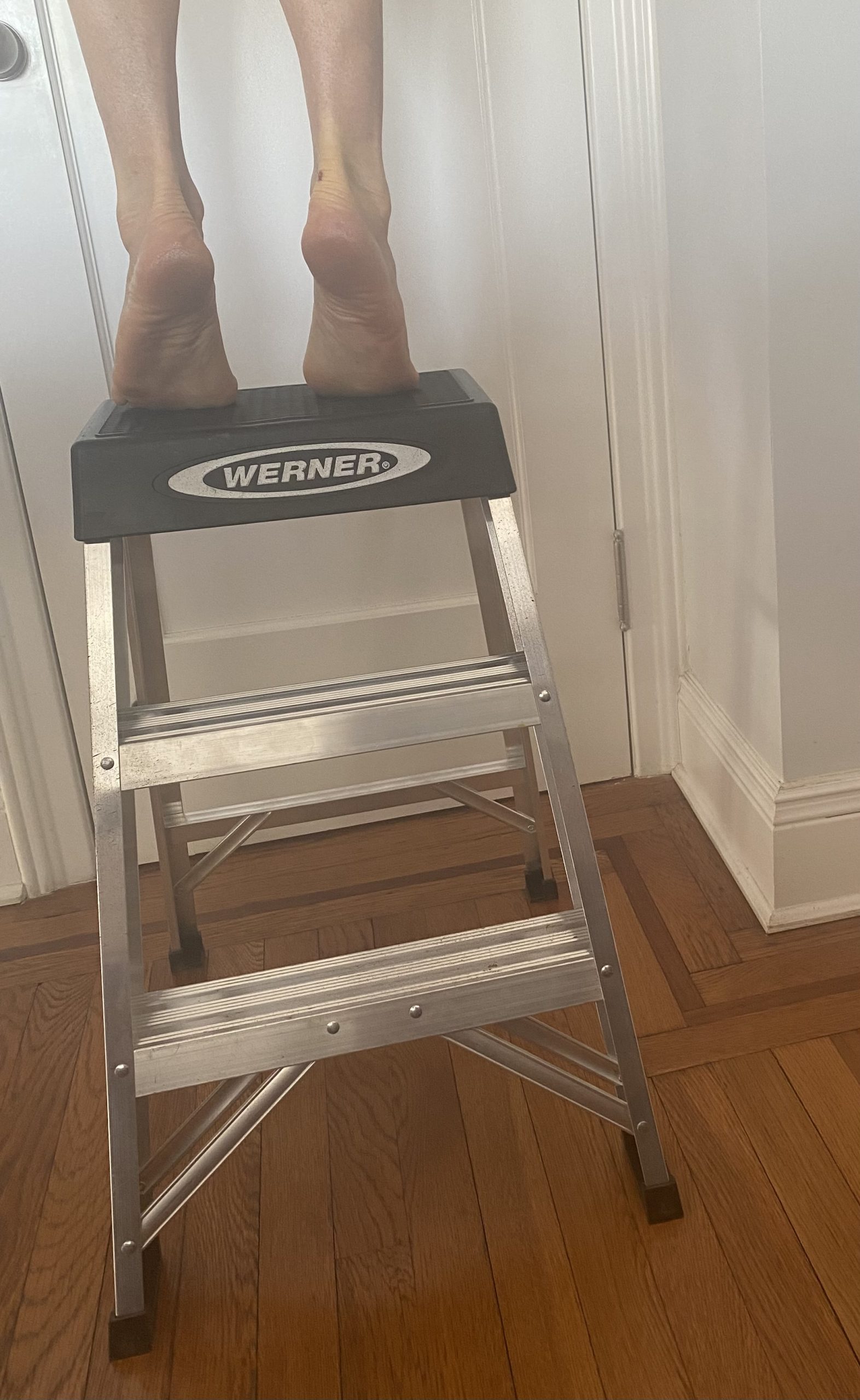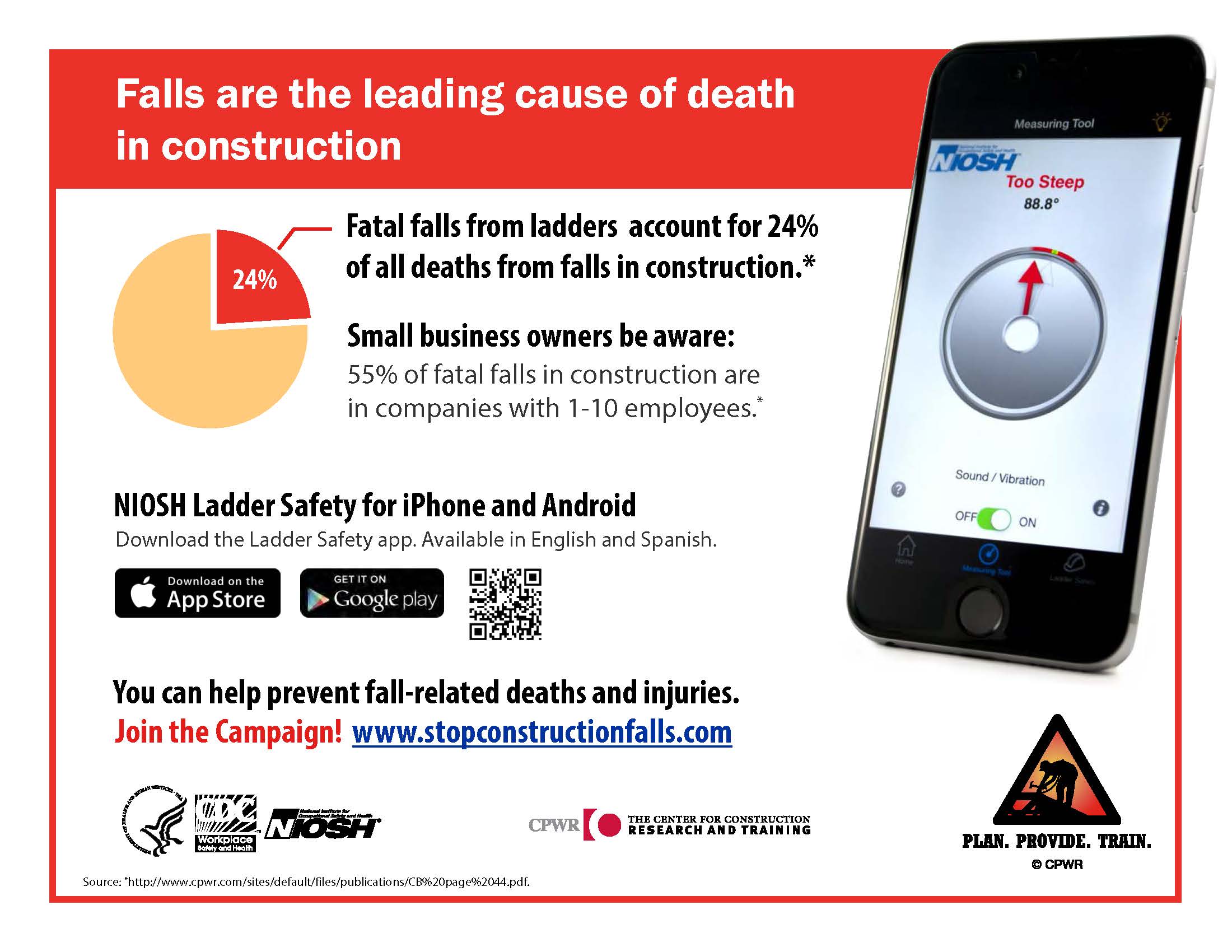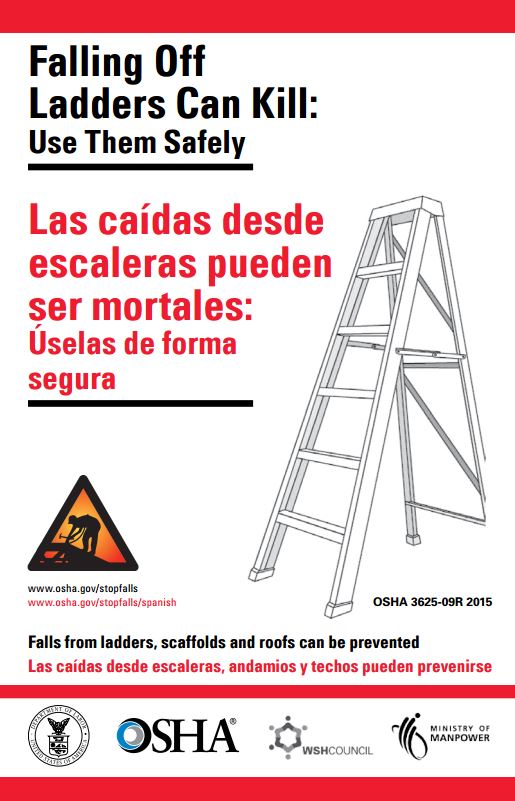By Anthony H. Gair;
In Wilinski v. 334 East 92nd Housing Development Fund Corp., 18 N.Y.3d 1, 935 N.Y.S.2d 551 (Ct. Apps. 2011) The New York Court of Appeals rejected The Same Level Rule first enunciated by The Court in Misseritti v. Mark IV Constr. Co., 86 NY2d 487, 657 N.E.2d 1318, 634 N.Y.S.2d 35 [1995]. The Rule precluded recovery under Labor Law §240(1) where a worker sustained an injury caused by a falling object whose base stood at the same level as the worker.
In order to understand the holding in Wilinski, one must consider what was transpiring at The Court at the time of the decision. There was an obvious philosophical difference with regard to the reach of 240(1). Judge Piggot led a faction consisting of him and Judges Graffeo and Read who interpreted 240(1) more restrictively and a faction led by Judge Lippman together with Judges Ciparick and Jones who interpreted 240(1) more liberally with Judge Smith as the swing vote. With the untimely death of Judge Jones and the retirement of Judge Ciparck at the end of the year it will be an interesting 2013 regarding The Court’s holdings in 240(1) cases. The majority opinion was written by Judge Ciparick who also wrote the opinion in Misseritti. She was joined by Judges Lippman, Jones and Smith.
In Wilinski The plaintiff and co-workers were demolishing brick walls at a warehouse. Previous demolition of the ceiling and floor above had left two vertical plumbing pipes unsecured. The pipes rose from the floor on which plaintiff was working approximately ten feet. Debris from a nearby wall that was being demolished hit the pipes causing them to fall over both of which struck the plaintiff who was 5’6″ tall. The Court stated the pipes thus fell approximately four feet. In rejecting the same level rule Judge Ciparick writing for the majority stated:
“Some New York courts have interpreted our decision in Misseritti v. Mark IV Constr. Co., 86 NY2d 487, 657 N.E.2d 1318, 634 N.Y.S.2d 35 [1995] to preclude recovery under Labor Law §240(1) where a worker sustains an injury caused by a falling object whose base stands at the same level as the worker. We reject that interpretation and hold that such a circumstance does not categorically bar the worker from recovery under section 240(1). However, in this case, an issue of fact exists as to whether the worker’s injury resulted from the lack of a statutorily prescribed protective device.”
In explaining why, in its opinion lower courts had been misinterpreting Misseritti, Judge Ciparick stated:
“In Narducci v. Manhasset Bay Assocs., (96 NY2d 259, 750 N.E.2d 1085, 727 N.Y.S.2d 37 [2001]), though we noted that section 240(1) applies to both ‘falling worker’ and ‘falling object’ cases, we declined to impose liability where a plaintiff was cut by a piece of glass that fell from a nearby window pane (id. at 267). We concluded that ‘[t]his was not a situation where a hoisting or securing device of the kind enumerated in the statute would have been necessary or even expected’ and that the absence of such a device ‘did not cause the falling glass here’ (id. at 268-269). Therefore, the accident was outside the scope of section 240(1) (see id.).
In Misseritti, we applied a similar rationale. The plaintiff’s decedent in that case sustained severe injuries, leading to his eventual death, when a completed concrete firewall collapsed on top of him (see 86 NY2d at 489). Before the wall collapsed, ‘decedent and his co-worker had just dismantled the scaffolding used to erect the completed firewall and . . .[m]asons had not yet vertically braced the wall with the . . . planks it had on the work site’ (id. at 491). We held that section 240(1) did not apply to those facts, as the firewall did not collapse due to a failure to provide a protective device contemplated by the statute (see id.). We determined that, in fact, the kind of braces referred to in section 240(1) are ‘those used to support elevated work sites not braces designed to shore up or lend support to a ‘completed structure’ (id.). Thus the firewall’s collapse, though tragic in consequences, was simply ‘the type of peril a construction worker usually encounters on the job site.’ (id.).
Continue reading →
 Injuries and deaths resulting from ladder accidents are extremely common. According to the most recent CDC statistics, over the last decade, 81% of fall injuries treated in American ERs were resulting from falls from ladders. Ladders were also involved in 43% of all fall fatalities. Thousands of people are injured and hundreds are dying every year in ladder accidents. Year after year, our construction accident attorneys are helping construction workers injured in ladder accidents getting compensated for their injuries. Most of the time, construction workers fall from ladders because they are not provided with the adequate ladders to perform the task. One of our recent clients was a carpenter who was standing on a 6-foot A-frame ladder while pinning studs above his head. The ladder that was provided to him was not proper for the work he was doing. As the carpenter was working, the ladder kicked out and the man fell. He suffered a spine injury and had to undergo a microdiscectomy to his lumbar spine. Our attorneys were able to obtain a $1.250 million settlement on his behalf.
Injuries and deaths resulting from ladder accidents are extremely common. According to the most recent CDC statistics, over the last decade, 81% of fall injuries treated in American ERs were resulting from falls from ladders. Ladders were also involved in 43% of all fall fatalities. Thousands of people are injured and hundreds are dying every year in ladder accidents. Year after year, our construction accident attorneys are helping construction workers injured in ladder accidents getting compensated for their injuries. Most of the time, construction workers fall from ladders because they are not provided with the adequate ladders to perform the task. One of our recent clients was a carpenter who was standing on a 6-foot A-frame ladder while pinning studs above his head. The ladder that was provided to him was not proper for the work he was doing. As the carpenter was working, the ladder kicked out and the man fell. He suffered a spine injury and had to undergo a microdiscectomy to his lumbar spine. Our attorneys were able to obtain a $1.250 million settlement on his behalf. New York Personal Injury Attorneys Blog
New York Personal Injury Attorneys Blog




